Hi. If you’re new here, welcome! I open each letter with a personal note (indicated by italics), then move on to the juicy stuff.
Today’s announcement: I’ve wanted to change things at pARTake, and the Spring season calls me to do just that. I’m always one to challenge myself, and I crave change. Plus, I need to hold myself accountable for a memoir I’ve been writing since the first draft in 2011-ish. Writing, like art, takes practice. And that book isn’t going to write itself. So moving forward, I will swap out Monthly Vibes, a curated list of books, art, and recipes (three topics near and dear to my heart) on the third Sunday of each month, to a more writing-focused letter about my memoir themes: how cancer was the catalyst for the incredible changes in my life to become a creative badass; how, as a cookbook author, why I couldn’t eat food; body dysmorphia; middle age/menopause; marital stressors; and how our bodies hold trauma. That feels like so much, yet I know many people can and will relate. I will share a smaller Monthly Vibes section, which you’ll find near the bottom of each issue, now called Good Things Come in Threes, along with the standard practice of sharing a photograph of Cooper. For my new readers, Cooper is my seven-year-old wire fox terrier who came into my life in mid-2018, eight months before my stage 4 cancer diagnosis.
I will also continue to share art and poems. This issue is all about trees: photographs, books, and a snippet about how trees helped me heal from cancer.
I hope this letter finds you well. These are stressful times. Take good care of yourselves and your loved ones. Find some trees to hang out near or under. As always, I’m honored to be in your inbox. Thank you. Please drop a comment, tap that heart so I know you were here, or hit reply to respond privately.
Maureen xo
Note: This issue may appear truncated in your inbox. You’ll know when you get to the new section, Good Things Come in Threes, that you’ve made it to the end.
What better way to shake things up than to share something we can all relate to directly or indirectly?
Yes, I’m talking about trees.
Like humans, trees come in all sizes, shapes, and styles. Trees are magical, superorganisms that we cannot live without. Trees offer sanctuary, store carbon, and produce incredible, sometimes edible, fruit and flowers. There’s no denying the beauty or individuality of trees. And the apparent reasons to love trees include but are not limited to the shade they offer, the food they provide, the diversity of leaves, buds, bark, and flowers, all intricate worlds. And they’re lovely to look at. Trees are havens for birds, bees, insects, fungi, and animals. Their twisty root systems and fine hairs are an interconnected web that communicates and protects, a language I didn’t know existed until I read The Hidden Life of Trees: What They Feel, How They Communicate by Peter Wohlleben, a book I highly recommend. In the Foreword, Tim Flannery writes, “One reason we fail to understand trees is because they live on a different time scale than us.”
There’s a 4,857-year-old Great Basin bristlecone pine in California named Methuselah.
There is a 9,550-year-old Norway spruce in Sweden named Old Tjikko. It is technically not considered “the oldest” since it’s a clonal tree that has regenerated new trunks, branches, and roots over the years rather than an individual tree of epic age like Methuselah.
Sarv-e Abarqu is a 5,000-year-old cypress tree in Yazd province, Iran, and is said to be the oldest living organism in Asia.
My admiration, curiosity, and faith in the value and importance of trees didn’t start with a promise. I was raised in a two-story house on Pittsburgh's south side in the sixties and seventies. An oak tree in my neighbor’s yard was so large that it shaded three-quarters of our postcard-sized backyard. While the shade from those massive branches and leaves was a balm on hot, sticky summer days, during spring, I had to sweep the blossoms (catkins), which irked me more than doing dishes (before we owned a dishwashing machine) because, as anyone encountering an oak in spring knows, the catkins produce allergic reactions in humans. The allergic reaction in my eyes was severe: chemosis, redness, itching, swelling, and tearing.
In 1979, I left home for college, ending my backyard chores and allergies for the most part. I still suffer from seasonal allergies, but not nearly as much. Thankfully, Mom sold the house a few years later and moved into a high-rise condo, where she never had to deal with the blossoms again. She, too, was allergic to the catkins. The downside was that she didn’t have luxurious shade from the tree either.
In my late twenties, I moved to Florida, where, gratefully, my tree allergies disappeared. There, I fell in love with all the shapes and diversity of palms: Royal, sabal, thatch, coconut, and queen, to name a few. Picking up the palm fronds and coconuts from the graveled backyard was a snap (though I had a weekly lawn service and rarely had to drag them off that gravel or sand, I didn’t mind when my service was on vacation, or, typical Key’s style, didn’t show up). Even then, I valued trees more for utility.
Decades passed, and I moved to Kentucky in 2011. Now, maples, oaks, poplars, pines, cedars, beech, and redbuds are my backyard oasis, and my love and appreciation for trees blossomed. It was during the summer of 2019 and 2020, when I lay flat on my back in my hammock, day in and out, swaddled in blankets, surviving through various stages of recovery from chemotherapy and then abdominal resection to remove a massive tumor, that trees helped heal me. Not in the medical sense, but anyone who knows how to kick cancer’s ass knows that it takes more than modern medicine to recover. From that vantage point on the hammock, a one-hundred-foot loblolly pine stood inside the fenceline. Its lone, long, low-hanging limb stretched across the yard, where squirrels scampered to and fro, and Grey gnatcatchers and Goldfinches fluttered like tipsy acrobats picking gnats and moths and insects from its bark and then fluttered through the surrounding hickories, oaks, and redbuds. Trees and the life they brought forth breathed life into me during those difficult, dark days. This type of nature healing is not a new phenomenon. Forest bathing (Shinrin-yoku) has been around since the 1980s. It involves immersing yourself in nature for therapeutic purposes, physically and mentally. The science of forest bathing is compelling, indicating that it enhances human killer (NK) activity. The Phytoncides released from trees decrease cortisol, or stress hormone levels.
Once I emerged on the other side of cancer in June 2020, I opened my portfolio case where I’d stored colored pencil and pastel drawings from years prior. Part of my in-hospital post-surgery treatment included art therapy, which sparked my desire to make art a regular practice in my life again. I’d sketched a tree with colored pencils several years prior (below). I decided to add a few music bars, specifically, Beethoven’s Ode to Joy, a song I played on the violin in junior high school in the 70s with the All-City Orchestra in Pittsburgh.
Fast forward to 2024, when I read Andy Adam’s FlakPhoto on Substack, one issue (sorry Andy, I can’t find it), recommended a hardback book by Sophie Howarth, Looking at Trees, New Photography of Trees, Forests & Woodlands by Sophie Howarth. Immediately, I knew this was the book for me. Howarth opens this gorgeous full-color photography coffee table, curated by twenty-four photographers, in the introduction, The Crazy Wisdom of Trees, with this nut: “Perhaps the craziest thing about trees is just how easy they are to overlook…..It’s a curious thing to walk past living, breathing life-forms, sometimes over 100 ft tall, and barely even notice them, yet we do it almost every day.” She echoes Flannery's sentiment in the Foreword of Wollenburgh’s classic book. “Looking at Trees” helps reconnect us to nature from an aesthetic point of view, and, as Howarth describes, we admire these “silent sentinels.”
Tree Photography Styling Notes
A quick note on styling trees in photographs. Many artists say you shouldn't center a tree in your image. But I’m a rebel and know the rules of composition, so I’m okay with breaking them. Here are a few photographs of how centering a tree feels right.
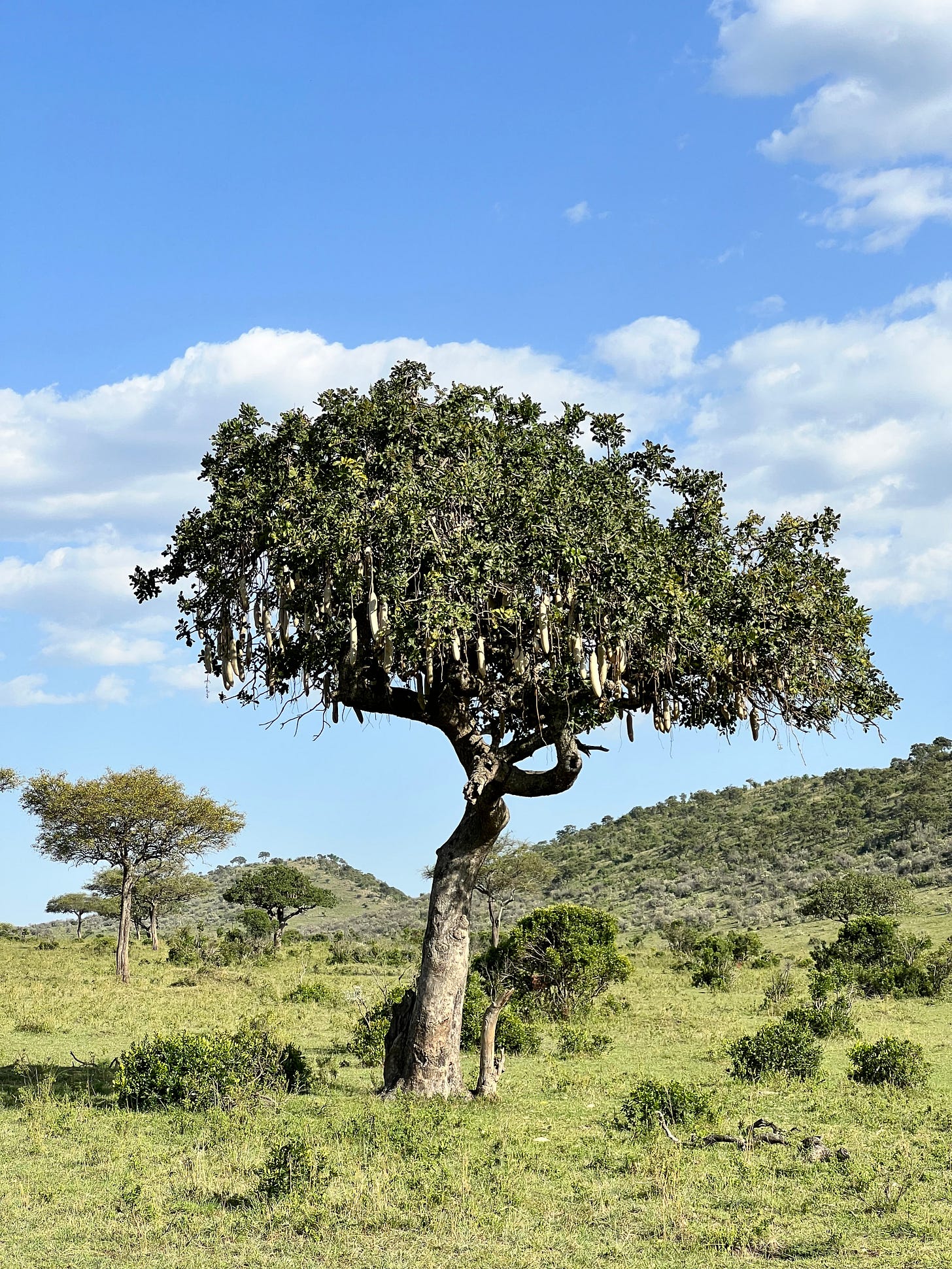
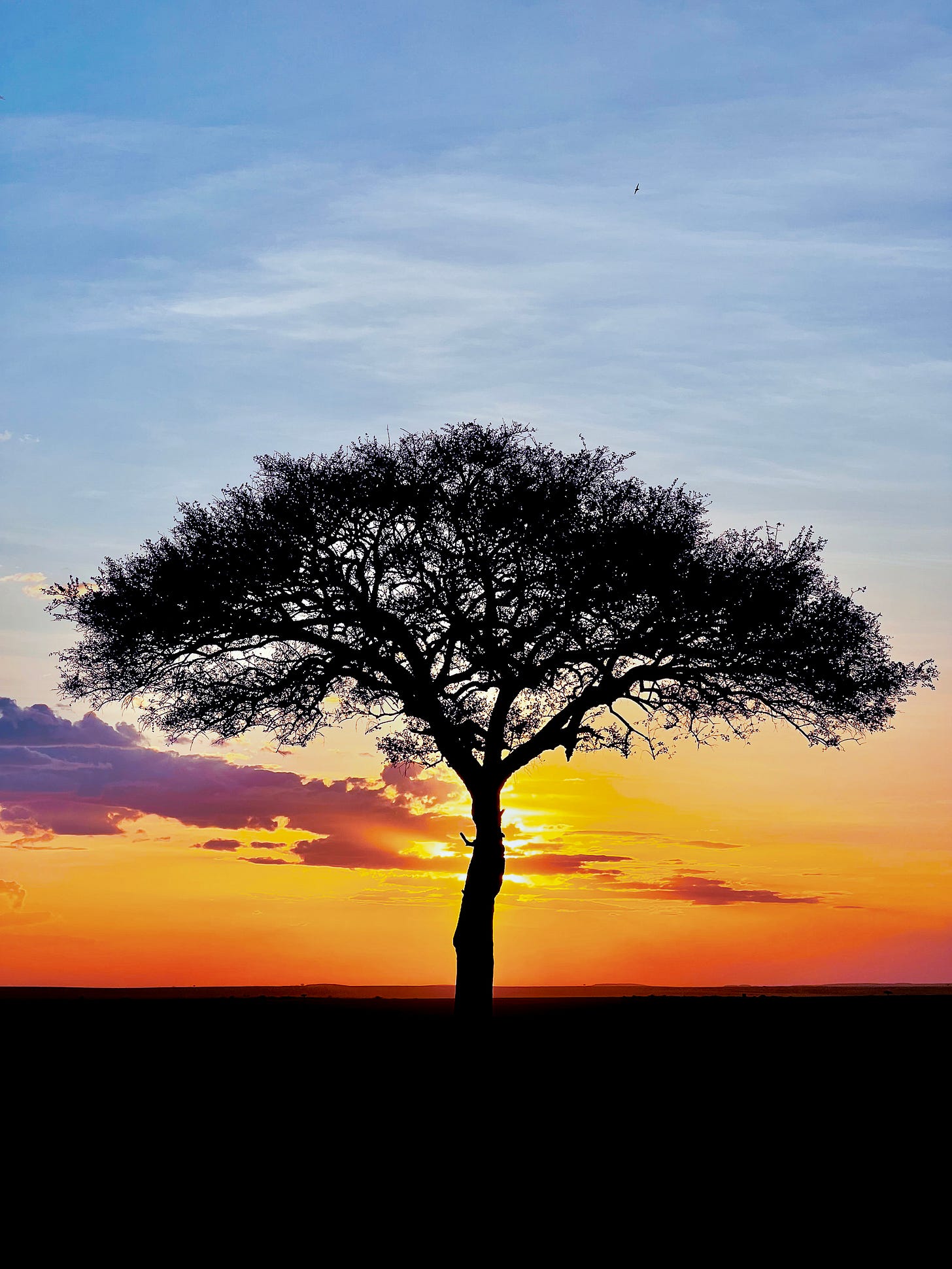
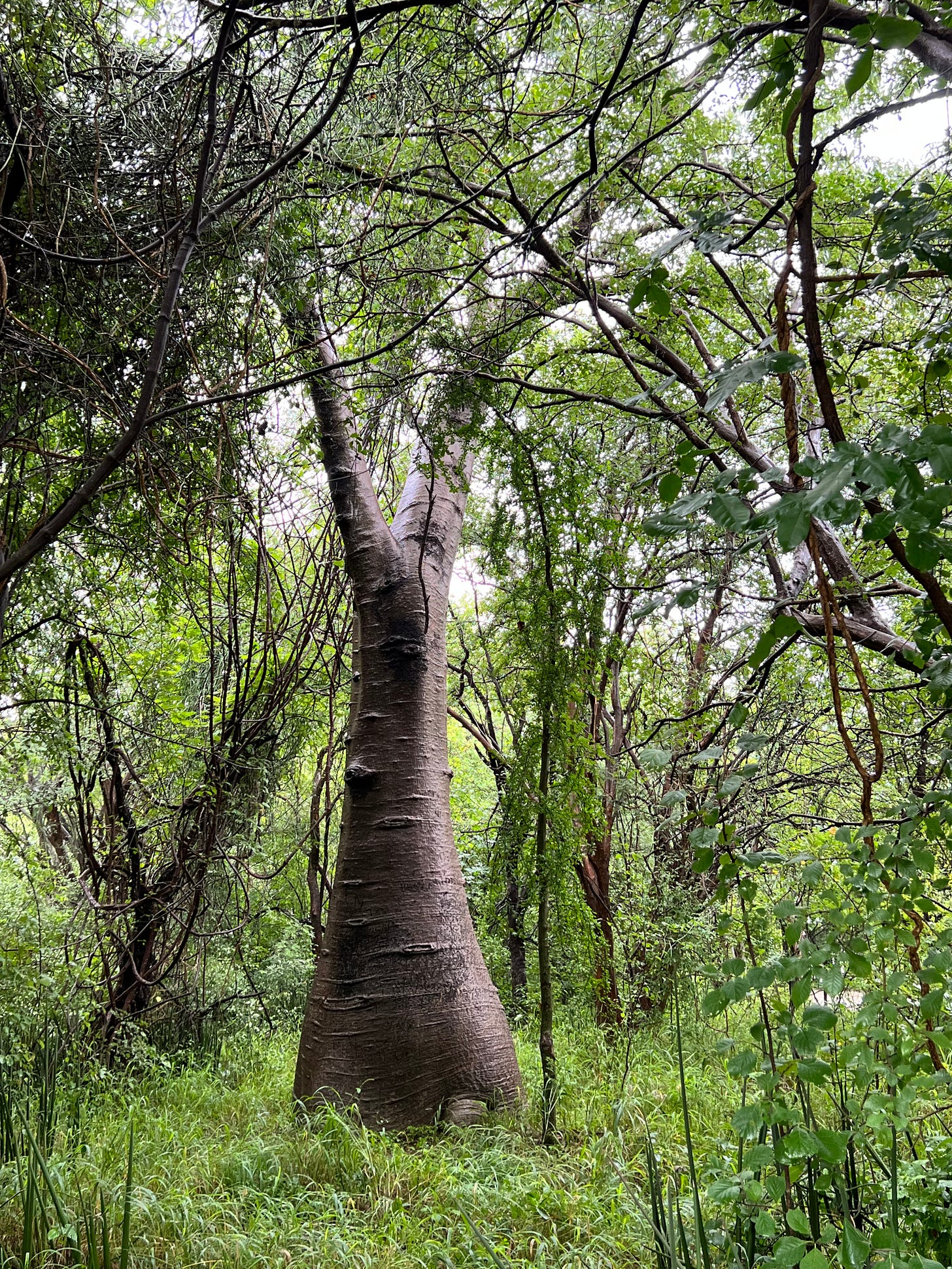
Focusing on bold color choices is another example of stand-out tree photographs.
The best time to plant a tree is yesterday.

Good Things Come in Threes: (this is the super condensed version of Monthly Vibes)
Digital Vibes:
Kindle: The Heaven & Earth Grocery Store by James McBride is an epic tale of love and community set in Pottstown, PA, at the turn of the century. The epic and highly moving Intermezzo by the Irish phenom writer Sally Rooney will astound you. The interiority alone makes for a compelling read.
Streaming: Bosch Legacy, The White Lotus, S3. The Pitt.
Earbuds: Alexis Ffrench, Whitney Houston, Talking Heads, Paul Simon, Lady Gaga.
What I’m eating: Scrumptious, easy-to-make Sweet Potato Veg Bowls, recipe by DoctorBowl.
Art for Art’s Sake: Check out the gorgeous contemporary collage of Kate Morgan Art on Instagram.
Thanks for being here. If you are reading pARTake for the first time, and want more inspiration like this, tap the subscribe button. If you’re interested in discovering more about me, head to my website, maureencberry.com, where you can buy my cookbook Salmon from Market to Plate, check out my free recipes, enjoy my art, and so much more.
I would sincerely appreciate it if you supported my side hustle with a paid subscription. Plus, you'll receive original watercolor art when you do! Learn more.
Stay curious. Stay safe. Make an impact.







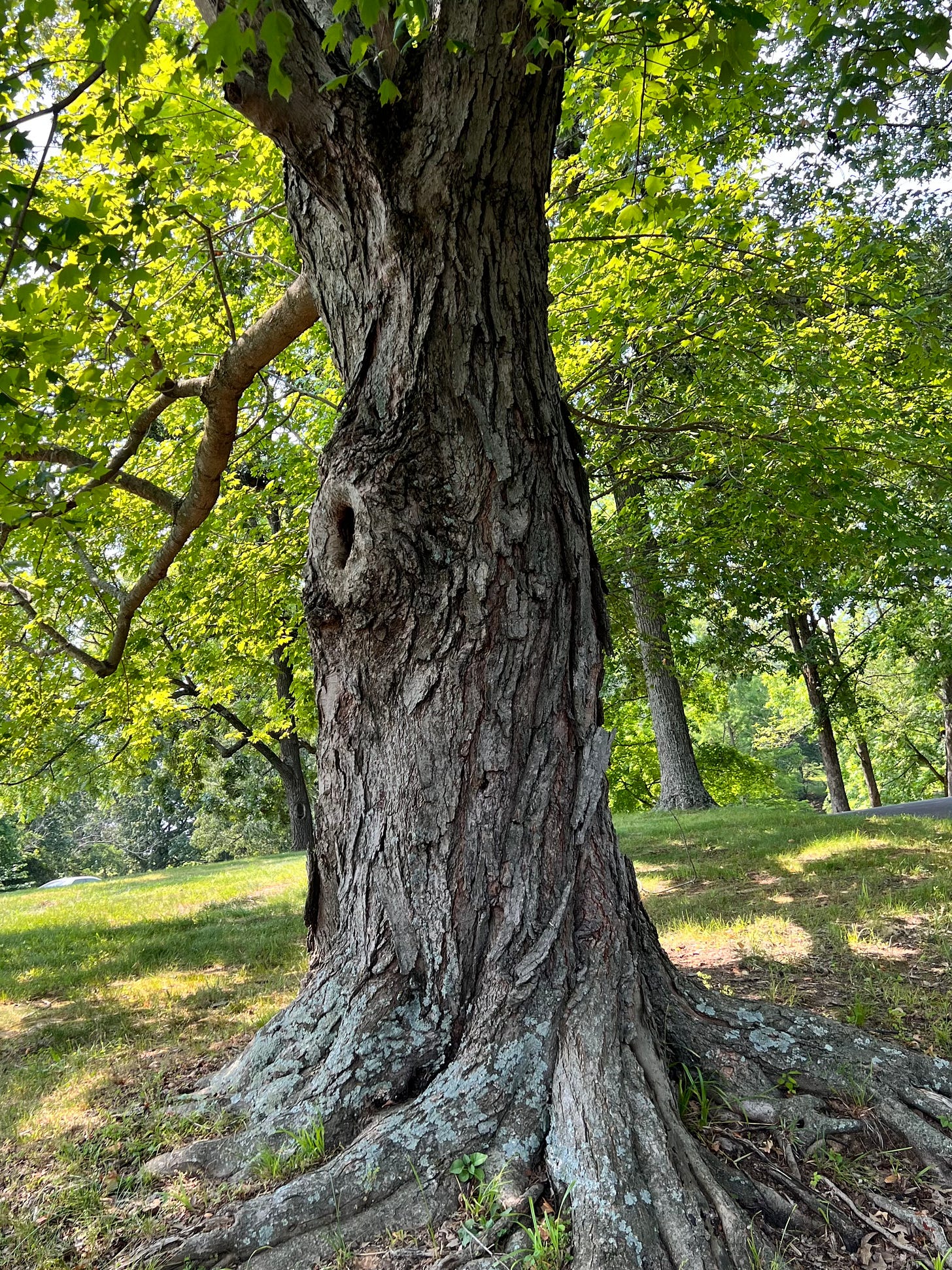
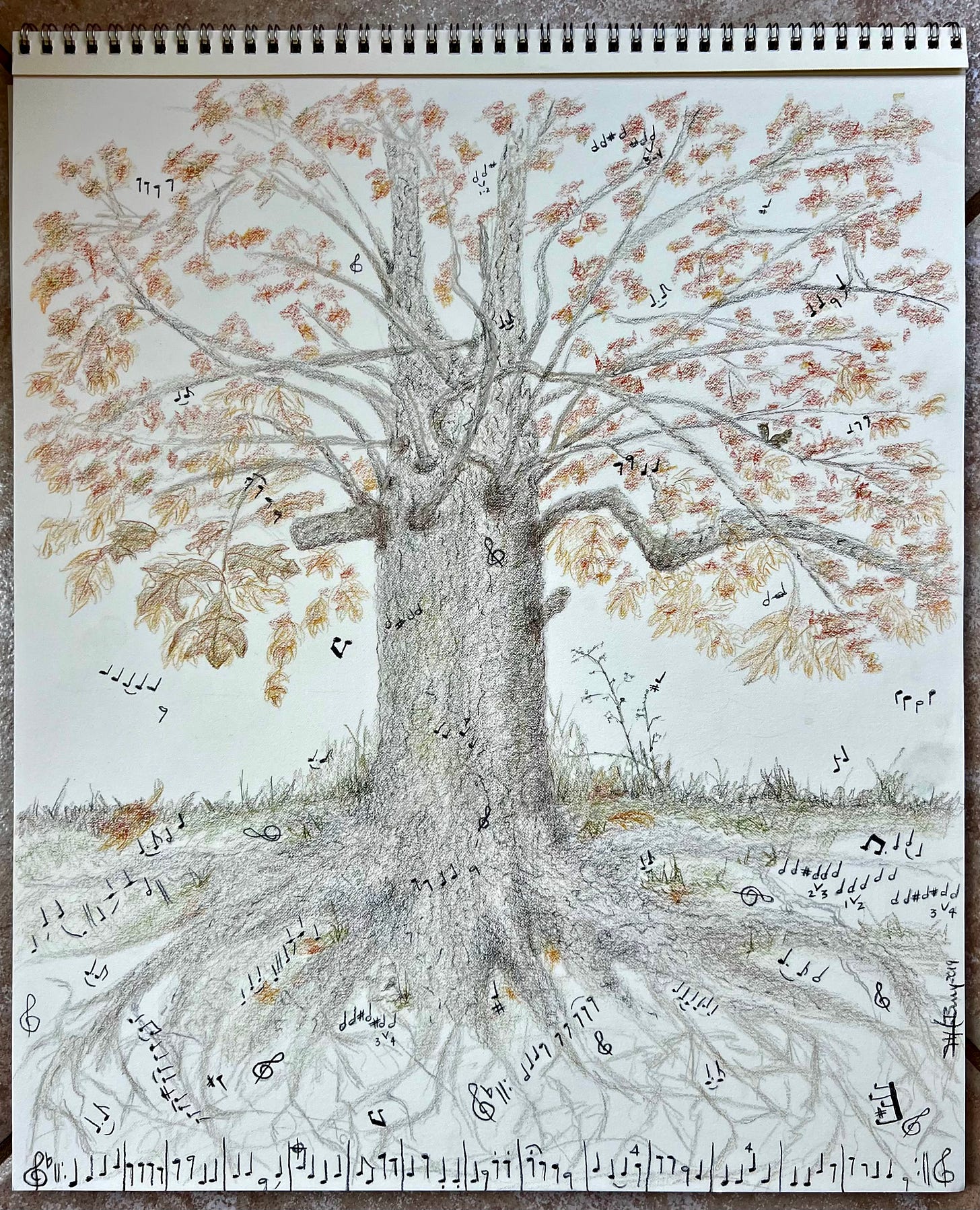
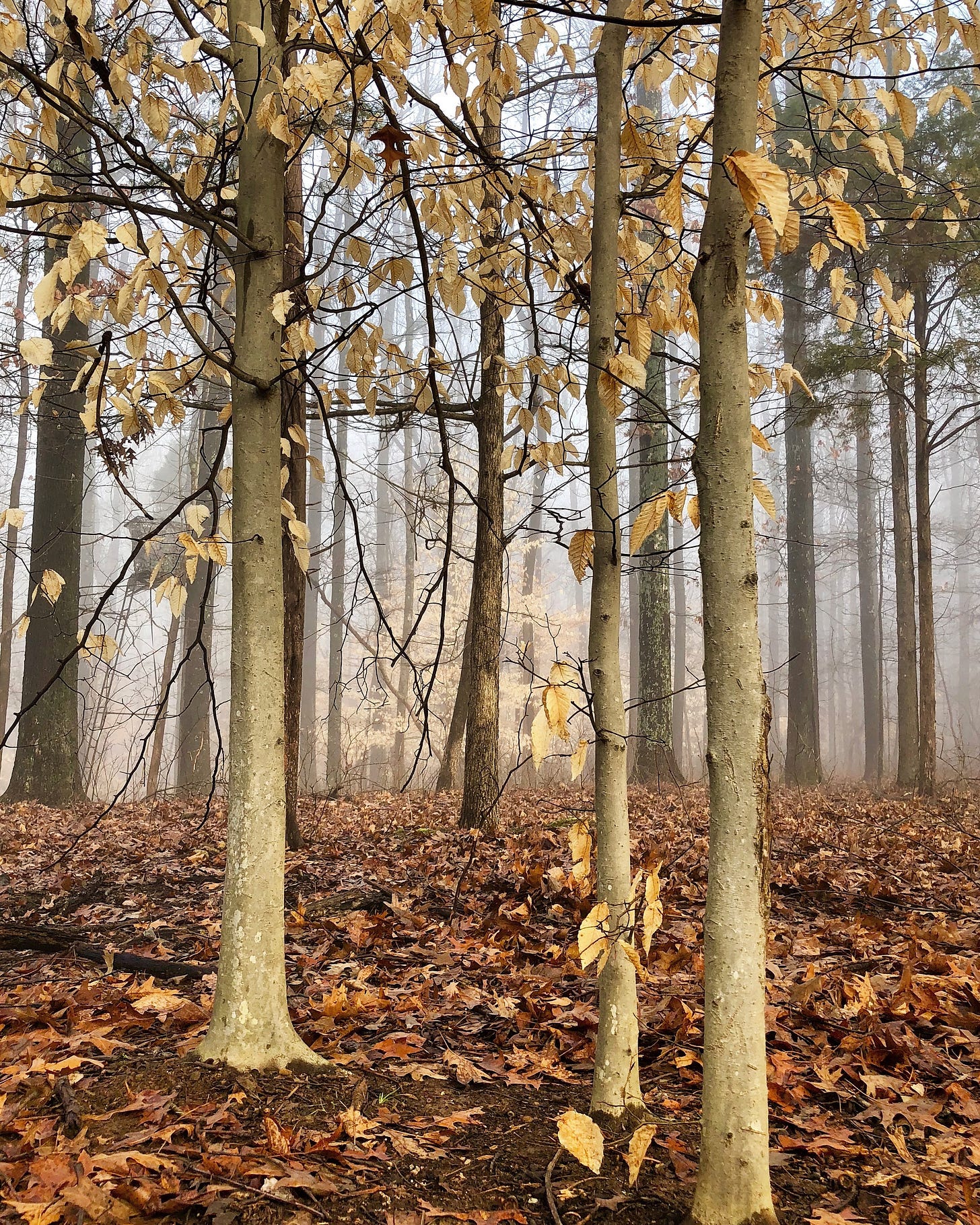
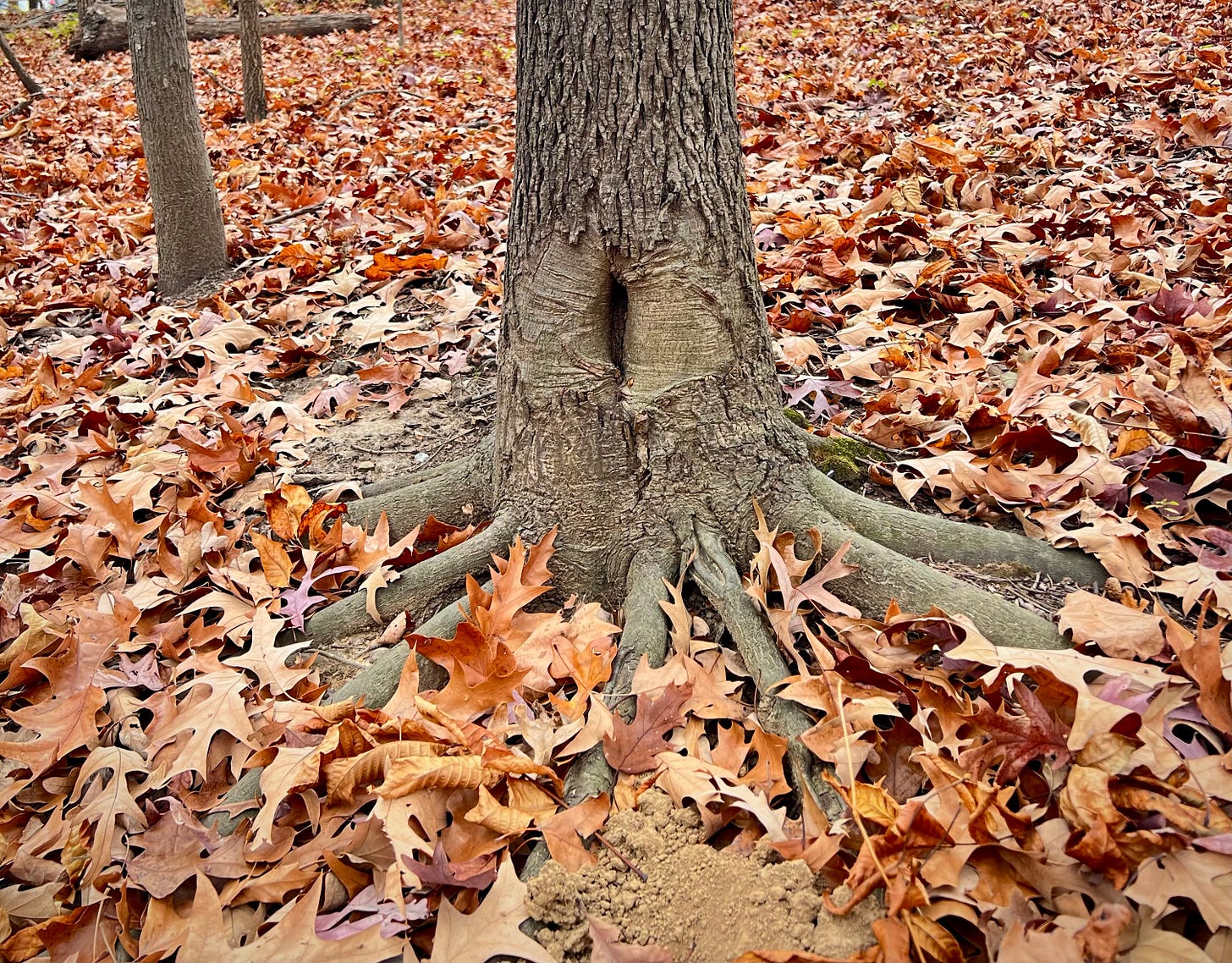


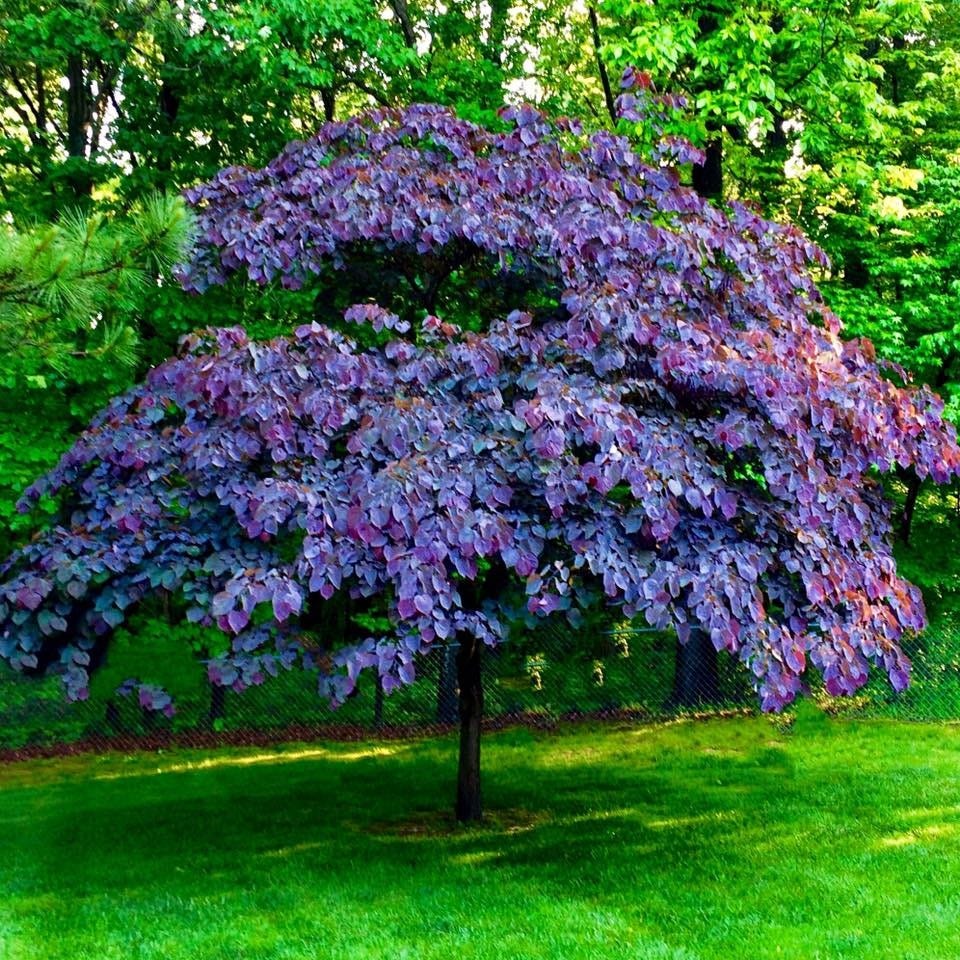

Gorgeous photos, Maureen! Rules are for breaking. Thank you for sharing them alongside your stories. Trees have so much meaning in our lives.
I can never get enough of trees. Like humans - they come in all shapes, forms and ages.
Beautiful photos.